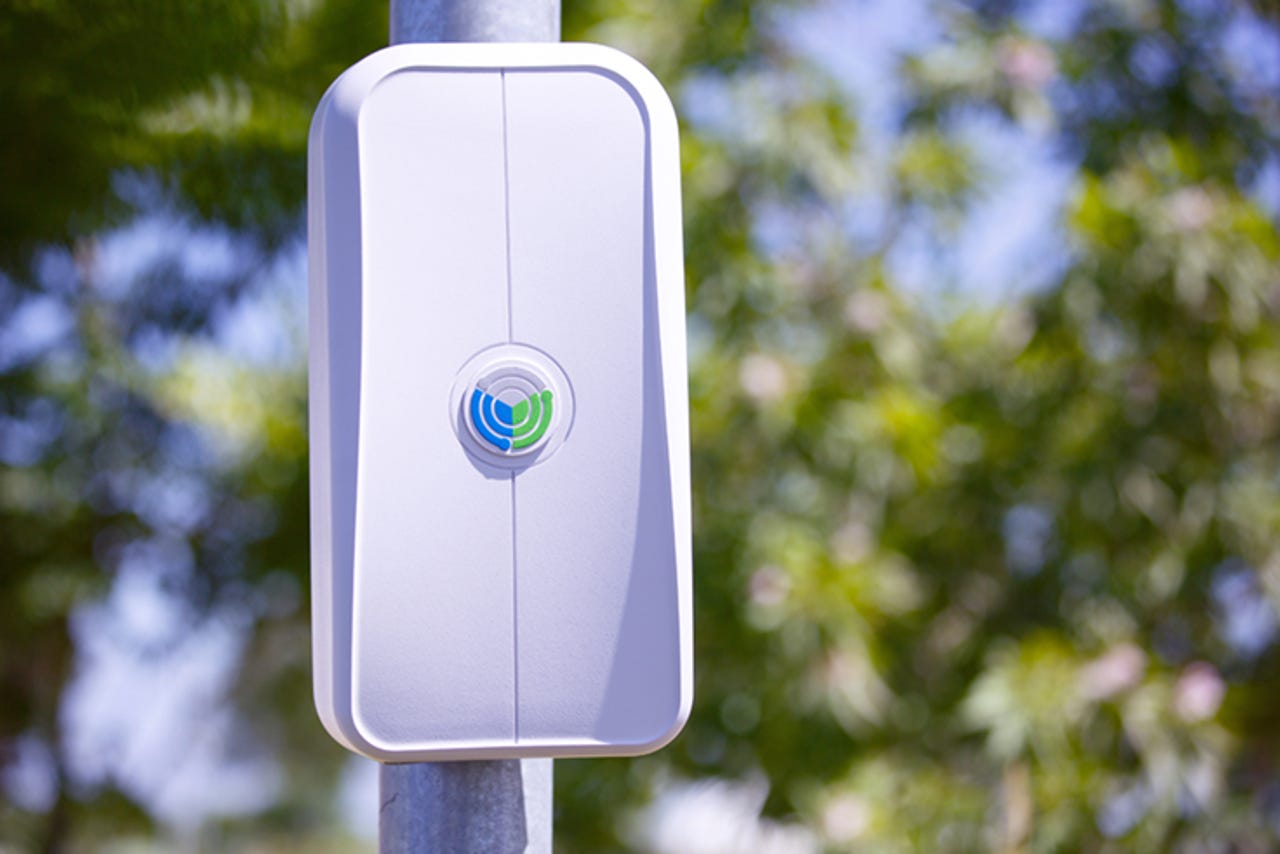Facebook unveils OpenCellular, its open-source wireless access platform


Building on its efforts to bring cellular connectivity to just about every corner of the world, Facebook announced Wednesday it designed and tested a wireless access platform that can be deployed in remote locations.
Called OpenCellular, the platform supports a range of communication options, including a network-in-a-box or an access point supporting from 2G to an LTE network. It's customizable to meet everyone's connectivity needs, allowing them to set up a network in a rural or urban environment.
The components of the system allow any one person to deploy the device by mounting it just a few feet off the ground -- from a tree or a pole, for instance. It comes with a strap, a mounting bracket, the enclosure, and its two subsystems -- a General-baseband computing (GBC) board and a radio frequency (RF) board.
"The hardware was designed with simplicity in mind, to encourage people to deploy their own cellular networks," Facebook engineer Kashif Ali wrote in a blog post. "Many people might not realize that running their own cellular networks is not only possible but also doesn't require substantial technical expertise."
The GBC board includes power, a housekeeping microcontroller, a microprocessor, a timing/sync module, sensors, and a control mechanism. It's designed to take in various input power sources, including PoE (power-over-ethernet), solar, DC, external batteries (seal lead acid), and internal battery (lithium-ion). It has numerous sensors to monitor things like temperature, voltage, and current.
There are two versions of the RF board: a system-on-a-chip version and software-defined radio. Both support various open source and commercial cellular stacks.
With the aim of keeping the system low-maintenance, Facebook is using an existing open source, real-time operating system that can be remotely run and monitored.
The first implementation of the platform will be available this summer, but in the meantime, Facebook is testing it at its own headquarters and working with OEMs and ODMs to make it widely available. Facebook also wants to partner with other members of the Telecom Infra Project -- the connectivity-focused cousin of the Open Compute Project -- to select trial locations for OpenCellular.
Facebook plans to open-source the hardware and software designs of OpenCellular, along with necessary firmware and control software.
As Facebook scours the globe for new users, part of its longer-term plans include improving telecom infrastructure. By the end of 2015, Facebook engineer Kashif Ali noted in his blog post that more than 4 billion people were still not connected to the internet. Meanwhile, 10 percent of the world's population remained outside the range of cellular connectivity.
Earlier this year, Facebook rolled out a system called Terragraph, which aims to push broadband through dense cities and urban areas where networks are frequently jammed with traffic, as well as a system called Aries, which aims to improve mobile signal strength in rural communities using the existing wireless spectrum.
Last month, Microsoft and Facebook announced they're partnering to build a subsea cable across the Atlantic.